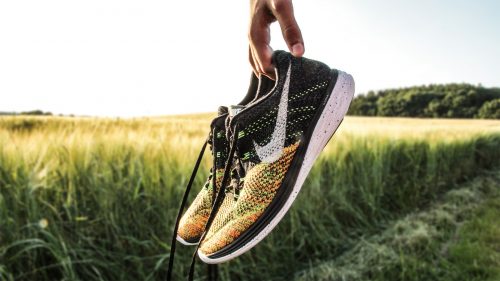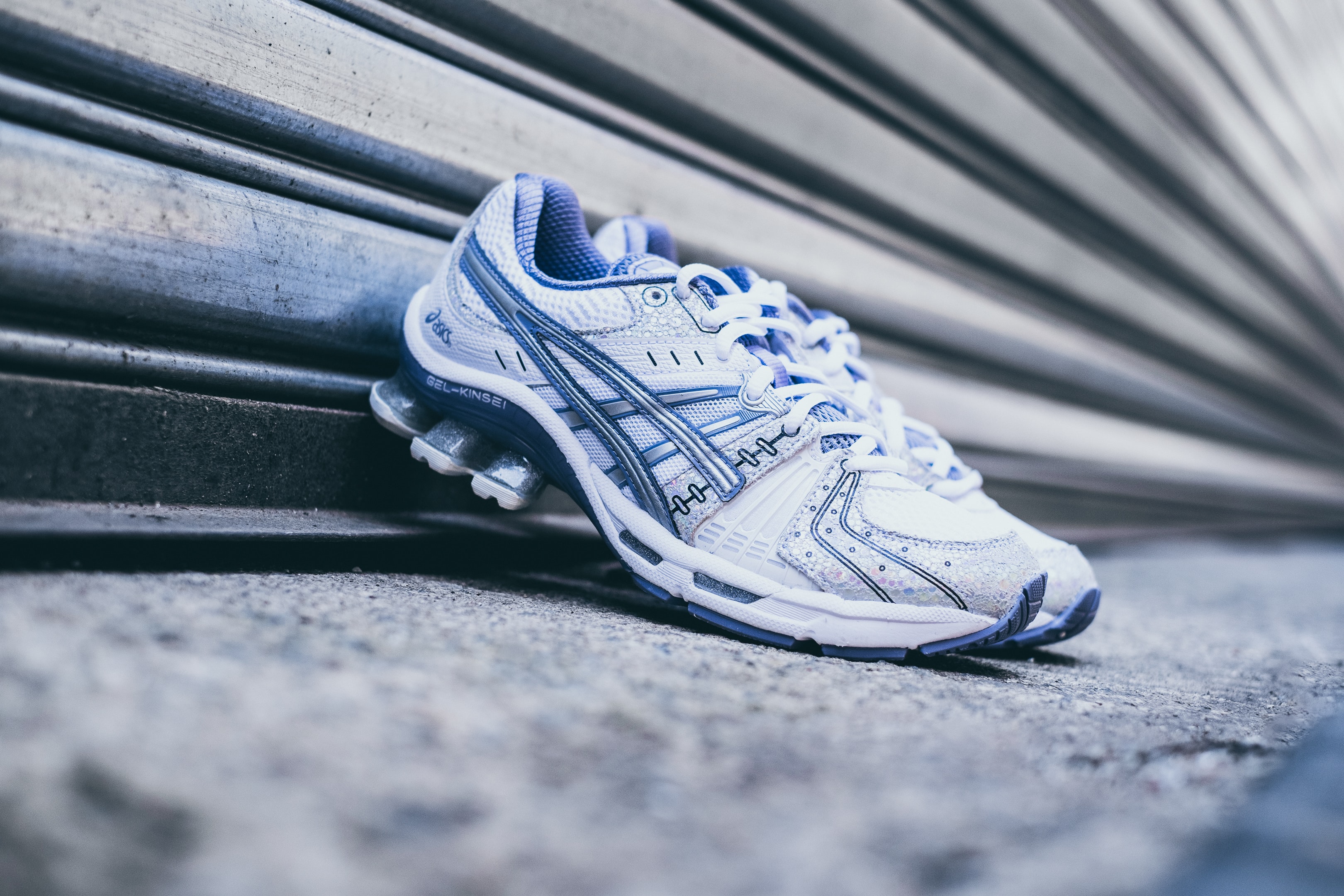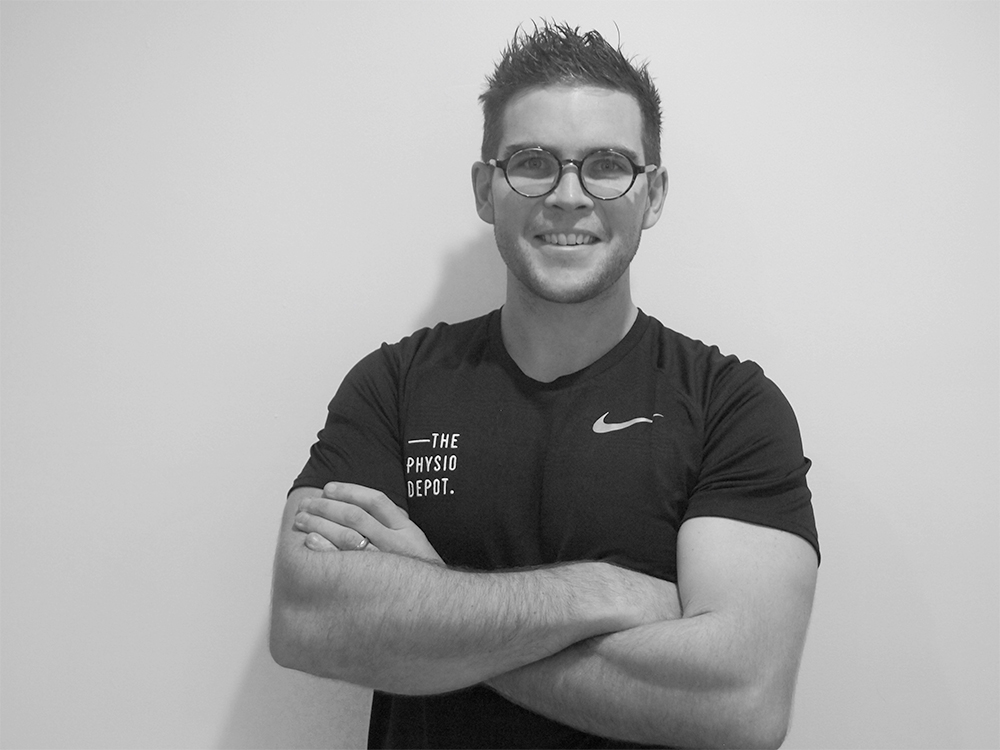5 tips for runners to avoid another visit to the Physio!
Runners accumulate an amazing amount of distance over a 12-month period. The gradual load this has on joints, ligaments, muscles and bones can inevitably lead to injuries. A whopping 82% of all runners will get injured throughout their running career.
Our goal at The Physio Depot is to give you strategies and training tips that educate you on how to lower your risk of injury, therefore keeping you running all year round. We all know what runners are like when they don’t run… If you don’t know what I mean, ask your friends or partners (Yes, we are talking about you Mr/Mrs Grouchy!).
Here are our 5 top tips for a happy and injury free running season in 2021!
- Slow & steady wins the race:
Build your training kilometres up slowly. We often see people jumping up to 40-60km per week after only training for 4-6 months and they wonder why their body is hating it. - Strength wins over stretching:
Most runners gravitate to stretching or foam rolling for managing their injuries. What we see is a neglect of strength work when runners are pain free. Our view is that strength training should be a consistent theme throughout the whole training year. All running injuries are treated with an element of strengthening exercises, so why not do it before an injury occurs. - Footwear that suits your feet:
Not all feet and shoes are created equal. The main message here is that you need to purchase the right shoe for your foot. Not everyone has to be running in a whizz bang zero-drop shoe! People have different foot shapes, which may require different levels of support. Think about this:- Does the shoe match your foot?
A flat weak foot may need more support than a strong foot with a higher arch.– Is the toe box to small?
The area where your toes sit provide all the shock absorption for your running. If your toes can’t spread, you are increasing the ground reaction forces throughout the whole body chain.– What is the ‘drop’ of the shoe?
The drop of the shoe is the amount of change in height from the heel to the toe in the sole of the shoe. Think of it as the ‘heel’ of the running shoe. This height change effects the amount of load transmitted through the foot, calf and lower limb. Typically a ‘Zero’ drop versus ‘10mm’ drop will increase the amount of calf/lower limb strength needed to tolerate your training load.– Talk to a professional and seek good advice from people that run themselves
We love the guys at Blue Mountains Running Co. in Glenbrook. Click HERE to visit website - Recovery, Hydration & Nutrition:
Everyone knows the power of sleep. New research suggests if you’re getting less than 7 hours sleep per night, you’re putting yourself at risk of injury. So.. put the phone down, turn off Netflix and get some sleep!Adequate nutrition and hydration is imperative for good performance, lowering injury risk and aiding in tissue recovery. This is especially important for bone health and reducing stress related injuries.
- 80:20 – Training variability and terrain:
Training variability is important, but can lead to injury. The 80:20 rule means that 80% of your total training time should be completed at an easy to moderate effort, 20% should be completed at a more intense level. Runners often fall into the trap of running the easy runs too fast, adding hills repeats and sprints to their training sessions. This causes the pendulum to swing and all of a sudden 60-70% of their training is now in the hard intensity zone, thus increasing their injury risk.
Got a question about an injury, shoot us a message or book a session online here.
Written by Patrick Lincoln
(Physiotherapist)






